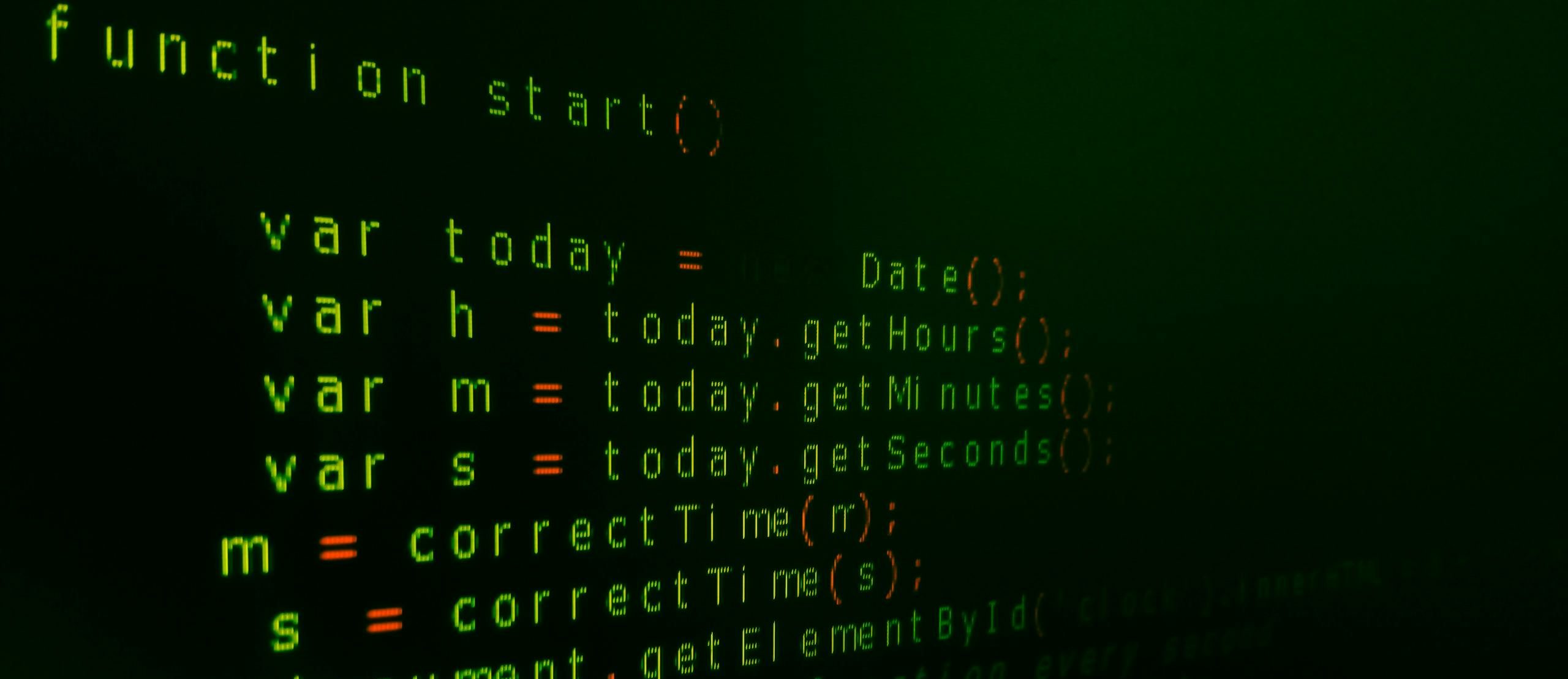In the ever-evolving landscape of cybersecurity, organizations are faced with a formidable challenge: detecting and mitigating threats before they cause irreparable harm. While traditional security measures remain essential, they are often reactive and insufficient against sophisticated adversaries. Enter threat hunting—a proactive and strategic approach that empowers organizations to actively seek out and neutralize potential threats within their network environments. This article delves into the nuances of threat hunting, exploring its significance, methodologies, and future implications.
The Significance of Threat Hunting
Threat hunting represents a paradigm shift in cybersecurity, emphasizing proactive defense over reactive response. By actively searching for signs of malicious activity, organizations can identify threats that evade traditional security measures, such as antivirus software and firewalls. Moreover, threat hunting enables organizations to gain deeper insights into their security posture, identify weaknesses, and enhance their overall resilience against cyber threats.
Methodologies and Techniques
1. Hypothesis-Driven Hunting
Hypothesis-driven hunting involves formulating educated guesses or hypotheses about potential threats based on threat intelligence, historical data, and observed patterns. Security analysts develop hypotheses around suspicious activities or indicators of compromise (IOCs) and conduct targeted investigations to validate or refute these hypotheses. This approach enables organizations to focus their efforts on areas of highest risk and uncover hidden threats more effectively.
2. Behavioral Analytics
Behavioral analytics focuses on identifying deviations from normal patterns of behavior within an organization’s network or systems. By establishing baseline behavior profiles for users, devices, and applications, organizations can detect anomalous activities indicative of potential security threats. Behavioral analytics leverages machine learning algorithms to analyze vast amounts of data and identify subtle anomalies that may evade traditional detection methods.
3. Threat Intelligence Integration
Threat intelligence integration involves leveraging external sources of threat intelligence, such as threat feeds and security advisories, to enhance threat hunting efforts. By correlating internal telemetry data with external threat intelligence, organizations can identify potential threats targeting their infrastructure and prioritize investigative activities. Continuous integration of threat intelligence enables organizations to stay informed about emerging threats and adapt their hunting strategies accordingly.
Overcoming Challenges
While threat hunting offers significant benefits, it also presents several challenges that organizations must address:
1. Skills Gap
Effective threat hunting requires a combination of technical expertise, analytical skills, and domain knowledge. However, many organizations struggle to find and retain qualified threat hunters capable of navigating complex network environments and identifying subtle indicators of compromise. Addressing the skills gap through training, certification programs, and knowledge sharing initiatives is essential for building a proficient threat hunting team.
2. Data Complexity
The volume, variety, and velocity of security data generated within modern network environments can overwhelm threat hunters, making it challenging to identify relevant threats amidst the noise. Implementing advanced analytics platforms, machine learning algorithms, and automation tools can help organizations sift through vast amounts of data more efficiently, enabling threat hunters to focus their efforts on high-priority threats.
3. Collaboration Barriers
Effective threat hunting requires collaboration and information sharing across organizational silos, including security operations, threat intelligence, and incident response teams. However, organizational barriers, competing priorities, and turf wars often hinder collaboration efforts, impeding the effectiveness of threat hunting initiatives. Breaking down silos, fostering a culture of collaboration, and establishing cross-functional teams can facilitate information sharing and enhance the collective ability to detect and mitigate threats.
Future Directions
The future of threat hunting is shaped by emerging trends and technologies that promise to revolutionize cybersecurity:
1. AI and Automation
Artificial intelligence (AI) and automation technologies will play a crucial role in enhancing threat hunting capabilities. Machine learning algorithms can analyze vast amounts of security data, identify patterns, and detect anomalies indicative of potential threats. Automation tools can streamline repetitive tasks, triage alerts, and orchestrate response actions, enabling threat hunters to focus on high-value investigative activities.
2. Threat Intelligence Collaboration
Collaborative threat intelligence sharing initiatives will facilitate greater cooperation among organizations, industry sectors, and government agencies to combat cyber threats collectively. Threat intelligence sharing platforms, information sharing and analysis centers (ISACs), and industry consortia will enable organizations to exchange actionable threat intelligence, best practices, and lessons learned. By pooling resources and expertise, organizations can enhance their collective ability to detect, prevent, and respond to cyber threats effectively.
3. Integration with DevSecOps
Integration with DevSecOps practices will embed threat hunting into the software development lifecycle, enabling organizations to identify and mitigate security risks early in the development process. By integrating threat hunting capabilities with continuous integration/continuous deployment (CI/CD) pipelines, organizations can identify security vulnerabilities, misconfigurations, and compliance issues before they are deployed into production environments. This proactive approach to security aligns with the principles of DevSecOps, emphasizing collaboration, automation, and continuous improvement.
Conclusion
Threat hunting represents a strategic imperative for organizations seeking to defend against evolving cyber threats and safeguard their digital assets. By adopting a proactive and intelligence-driven approach to threat detection and response, organizations can enhance their security posture, minimize risk exposure, and preserve the integrity of their operations. Despite its challenges, threat hunting offers a strategic advantage in the ongoing battle against cyber adversaries, empowering organizations to stay ahead of the curve and protect what matters most in the digital age.
